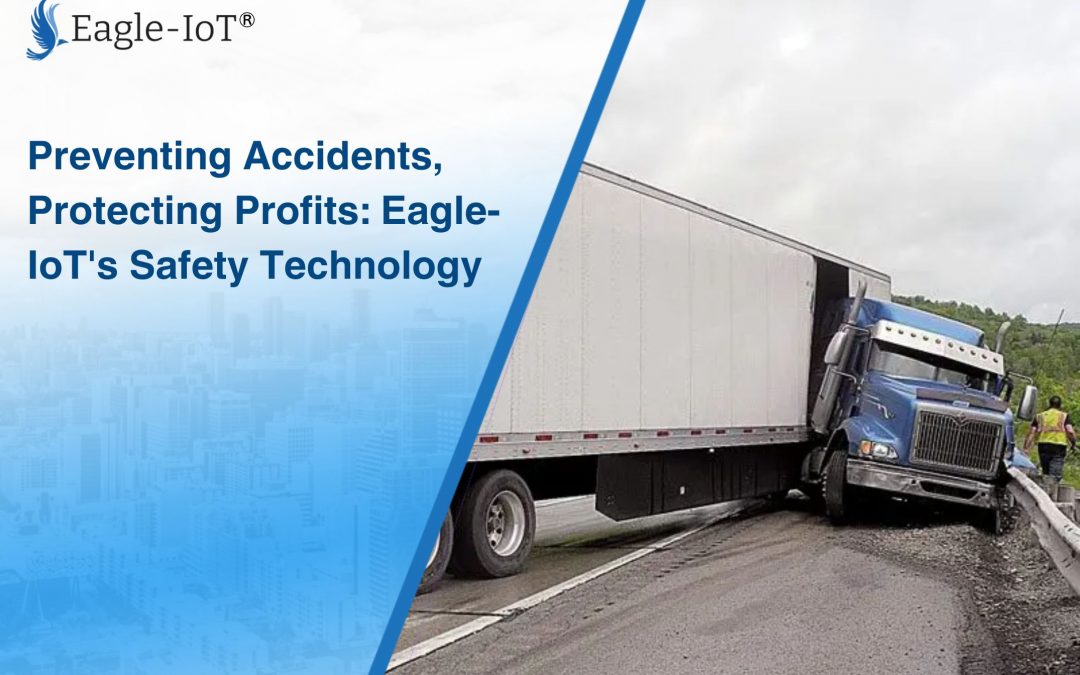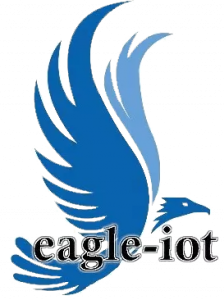Thanks to advancements in telematics, video safety, and automated driver coaching, fleets are seeing significant reductions in collisions, claims, and overall accident costs. In particular, Eagle-IoT’s platform, which integrates video safety technology with real-time driver coaching, has enabled fleets to cut collisions by half, drastically lowering claims and accident expenses. By engaging and rewarding drivers, Eagle-IoT driver scoring system has demonstrated a direct correlation between increased scores and fewer accidents.
This article explores how a comprehensive, data-driven approach to safety and driver behavior analysis not only helps predict and reduce accidents but also empowers drivers through transparency and accountability.
The “Analyze Everything” Approach: A Fair and Accurate Driver Score That Drivers Embrace
When it comes to improving fleet safety, an “analyze everything” approach to driver behavior is essential. Fleets that monitor every aspect of driving behavior—from speeding and hard braking to distractions and fatigue—are better equipped to give drivers comprehensive feedback and coaching. However, for this approach to work, the data must be accurate and unbiased, leading to a driver score that is not only fair but embraced by drivers themselves.

How Video Safety Enhances Driver Scoring
At the heart of this approach is video safety technology, which monitors driver behavior in real-time and records critical events. The combination of telematics and video footage provides a fuller, more accurate picture of a driver’s habits. For instance, if a driver is flagged for hard braking, the system can show whether it was due to reckless driving or if the driver had to brake sharply to avoid a sudden hazard. This level of transparency ensures that drivers are not unfairly penalized for incidents that are out of their control.
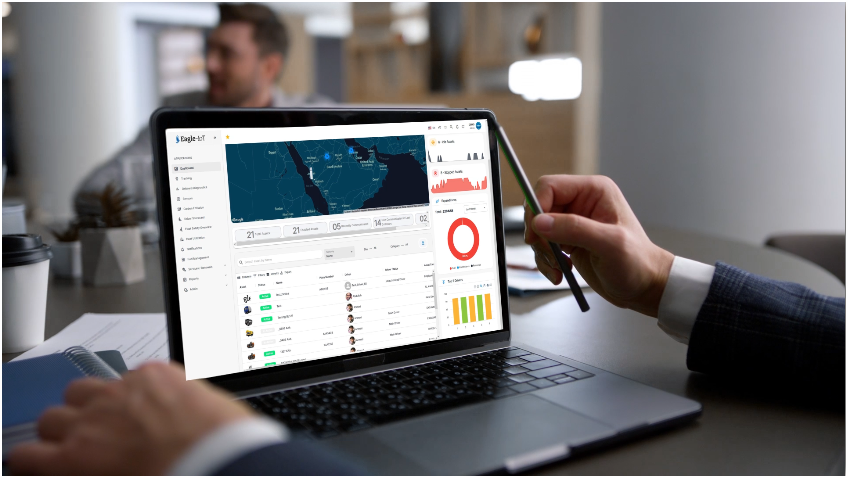
Eagle-IoT Driver Scoring System
Eagle-IoT RAG Report goes a step further by compiling all relevant driving data—speeding, harsh acceleration, braking, cornering, and distracted driving—into a single, easy-to-understand score. The driver score is calculated using a weighted algorithm that ensures fairness and consistency. Drivers can see exactly how they are performing through a dashboard that provides detailed feedback on how they can improve their score.
Reducing Accidents and Claims by Monitoring Driver Scores
The key to reducing accidents lies in consistently monitoring driver scores and identifying areas for improvement. Fleet managers who use telematics and video safety systems to monitor driving behavior can immediately see which drivers are at higher risk of accidents. This allows for targeted coaching and proactive intervention, reducing the likelihood of collisions before they occur.
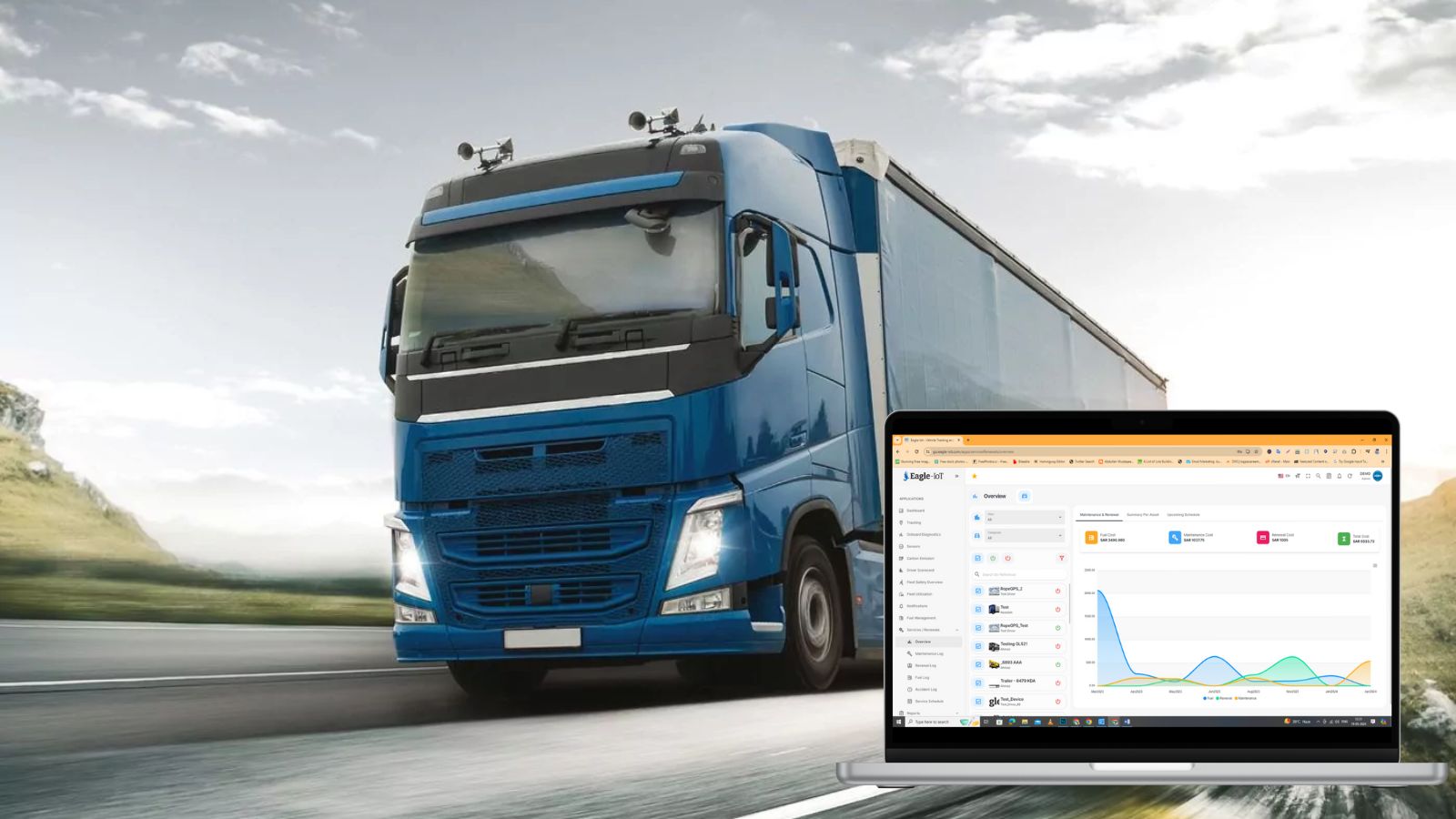
Proactive Driver Coaching and Real-Time Feedback
One of the most effective ways to reduce accidents is through automated driver coaching. With Eagle-IoT’s platform, fleet managers can set up automatic alerts for unsafe driving behavior. These alerts are sent directly to the driver and managers in real-time, providing them with instant feedback. Whether it’s a reminder to slow down, avoid harsh braking, or remain attentive, real-time feedback helps drivers correct their behavior on the spot.
For more structured coaching, drivers can review video clips of their driving sessions and discuss them with their supervisors. The use of video footage allows for constructive conversations where drivers can see exactly where they went wrong and how they can improve. This targeted approach to driver improvement reduces accidents by addressing risky behaviors before they result in a collision.
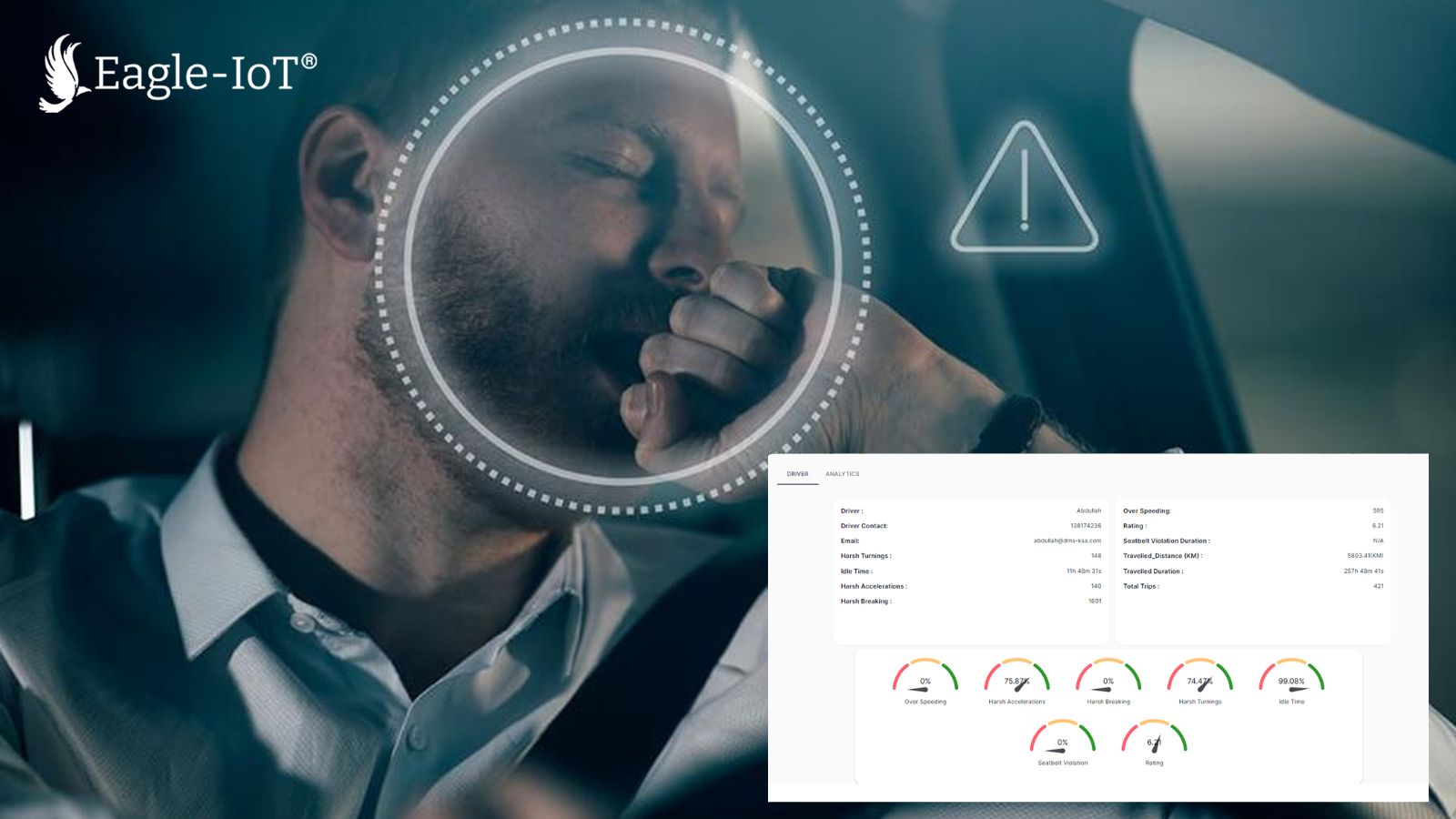
Monitoring Trends and Accident Reduction
Fleets that regularly monitor driver scores through platforms like Eagle-IoT see a direct correlation between higher driver scores and fewer accidents. For instance, one Eagle-IoT customer, a large commercial fleet, implemented the scoring system and saw a 45% reduction in accidents over a 12-month period. Their drivers’ scores improved consistently, and as their scores increased, the fleet’s accident rate decreased dramatically.
Predicting the ROI of Reducing Accidents: Eagle-IoT’s Impact on Fleet Safety and Costs
Investing in video safety systems and automated driver coaching is not just about improving safety; it’s also about reducing costs. Eagle-IoT’s telematics platform allows fleets to predict the return on investment (ROI) of reducing accidents by offering concrete data on how safety improvements affect the bottom line.
Case Study: ROI Calculation in Action
Take, for example, a mid-sized delivery fleet that implemented Eagle-IoT’s video safety system. Before using the platform, they experienced an average of 30 accidents per year, with an average cost of SAR 45,000 per incident. After deploying the system and coaching drivers using the scoring approach, they reduced their accident rate by 50% in the first year.
Here’s how the ROI breaks down:
- Original annual accident cost: 30 accidents x SAR45,000 = SAR1.35 million.
- Reduced accident rate: 50% reduction = 15 accidents.
- Post-implementation accident cost: 15 accidents x SAR45,000 = SAR675,000.
- Annual savings: SAR1.35 million – SAR675,000 = SAR675,000.
The cost of implementing the video safety and telematics system was SAR150,000, providing the fleet with an ROI of more than 350% in the first year alone. Additionally, the fleet avoided the legal and reputational costs that come with serious accidents or fatalities, further boosting long-term financial benefits.
Predictive Analytics for Future Savings
Beyond immediate ROI, Eagle-IoT’s platform uses predictive analytics to forecast future savings based on ongoing accident reductions. By monitoring driver score improvements and correlating them with accident reductions, fleet managers can project how much they will save over time. These insights help fleet operators plan their safety budgets more effectively and justify future investments in safety technology.

How Eagle-IoT Can Help Fleets Achieve Sustainable Safety
Safety is not a one-time achievement but a continuous process of improvement. Eagle-IoT provides fleets with the tools they need to make safety a core part of their operations. Through a combination of video safety, automated coaching, and driver scoring system, fleets can:
- Accurately assess driver behavior with real-time video and telematics data.
- Reduce accidents through proactive coaching and targeted interventions.
- Predict and calculate ROI by tracking reductions in accidents and claims.
A Continuous Commitment to Safety
Fleets that invest in safety technology not only protect their drivers and assets but also reap the financial rewards of lower claims, reduced accident costs, and fewer legal battles. Eagle-IoT’s platform fosters a culture of safety that emphasizes continuous improvement, driver engagement, and accountability, resulting in a more efficient, cost-effective, and safe fleet.


